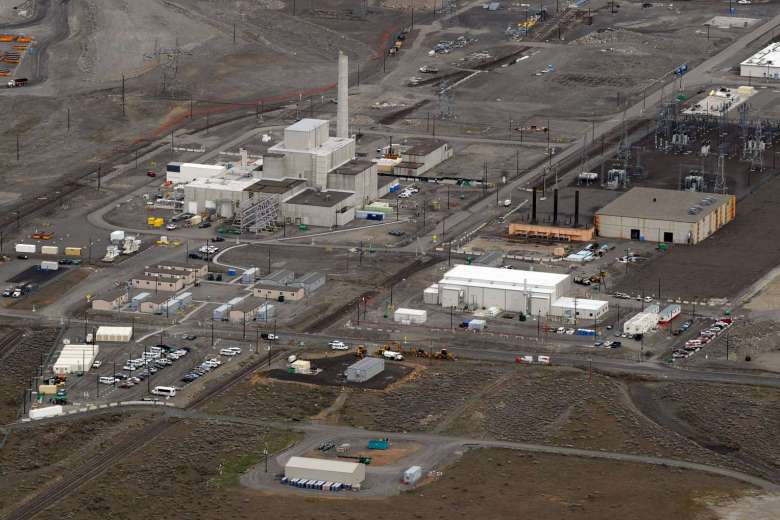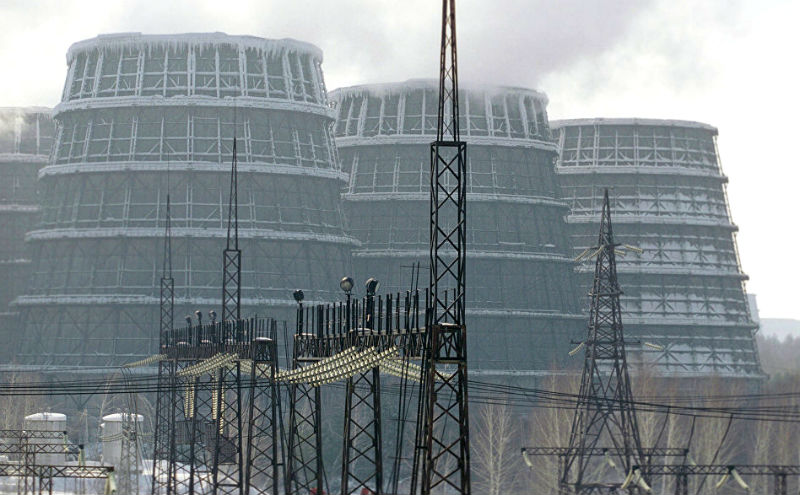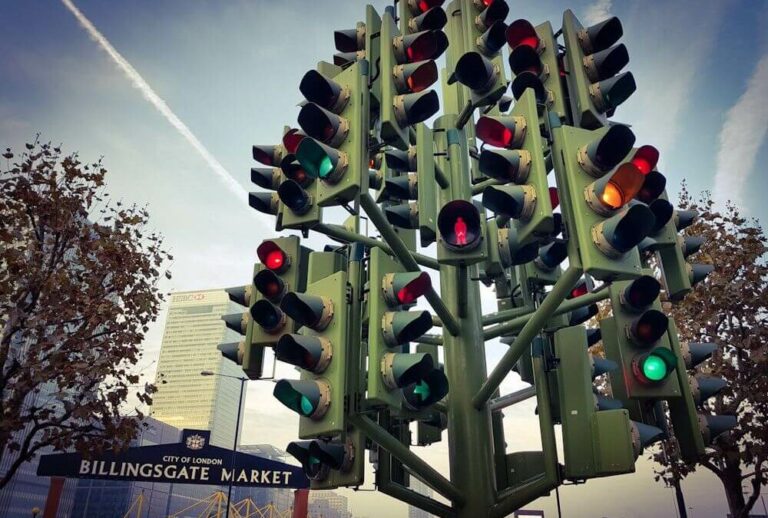We’re getting radiated by the Sun every day, but the doses are quite insignificant, so we can easily survive long trips out in the open. Hey, even some fruits and vegetables are (technically) radioactive, like bananas, for example.
A human body can withstand many nasty things, but strong radiation isn’t one of them, so whatever you do, do NOT visit any of these highly-radioactive places without proper gear or supervision.
In no particular order, here we go!
1. The Hanford Site, Washington, USA
This is one of the most radioactive spots in the North America and for a good reason – it was used to produce Plutonium during the Cold War. Remember the infamous “Fat Man”? All that Plutonium was harvested at the Hanford site, along with enough radioactive stuff to arm another 60k nukes. Naturally, everything inside this “site” is a no-go zone. Most of the radioactive waste has been buried deep-deep in the ground, but after decades of the government not giving a damn it’s starting to seep into the groundwater. Good luck, future generations!

2. Sellafield, United Kingdom
The Cold War touched many countries, including the UK. Here at Sellafield they used to make … yes, you guessed it, special little nukes for the UK’s nuclear weapon programme. These days it’s still full of workers whose job is to get rid of various radioactive objects. And since it’s located on the coast of the Irish Sea, all the “processed” materials are being dumped into the cold, salty water. Around 8,000,000 liters of radioactive goo is being released on a daily basis. This could be the reason why the Irish Sea is the most radioactive sea in the world.

3. Fukushima Daini Nuclear Power Plant, Japan
After an incredibly powerful earthquake hit Japan in 2011, a tsunami simply crushed the Fukushima Daini Nuclear Power Plant, causing the worst nuclear disaster since Chornobyl. When Mother Nature sends a 9.9 earthquake and your nuclear plant still holds up, be sure that a gigantic tsunami is not far behind! That’s exactly what happened. The Fukushima’s structural integrity was completely destroyed, and millions of tons of radioactive materials contaminated the waters of the Pacific Ocean. And for the cherry on top – it will take us at least 40 years to fully dismantle the plant.

4. The Polygon, Semipalatinsk, Kazakhstan
Take a guess as to why this place in Kazakhstan (ex USSR) is one of the most radioactive places in the world. Did I hear you saying “Cold War”? That is correct. According to some documents, around 450 nuclear tests occurred here in the past. Worst part is that the nearby villages and cities had no idea about the tests, and have been hit with the radiation time and time again from 1948 till 1980.

5. The Siberian Chemical Combine, Seversk, Russia
In times of the Soviet Union, Siberian Chemical Combine was one of the production establishments for fissile weapon-grade nuclear products. After the fall of the USSR it stopped the production of highly enriched Uranium and Platonium and today is more like a storage for weapons-grade nuclear materials.

6. Chornobyl, Pripyat, Ukraine
Okay, it’s time addressing the elephant in the room – the Chornobyl disaster (that’s right kids, this is how you should spell it). 32 years ago, in April of 1986, the staff ran the test that was meant to simulate a power-failure, but instead they shut the whole thing down for real, causing a massive steam explosion, and graphite fire. That’s the kind of fire you really don’t want to mess with. As a result that test’s cost was too high: thousands of human lives, including hundreds of volunteers, and millions of potential casualties all over the USSR and Europe. Till this day it’s one of the most radioactive sites in the world.












+ There are no comments
Add yours